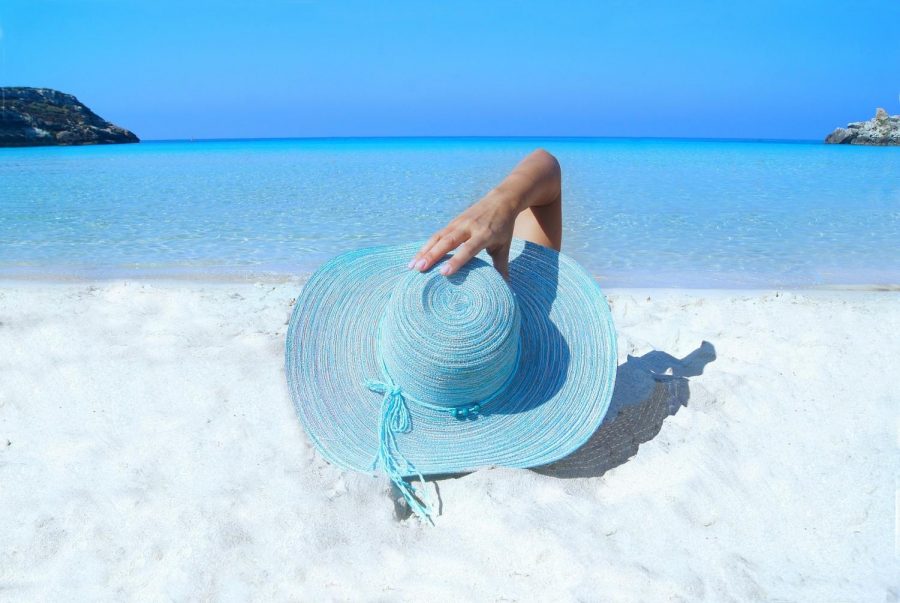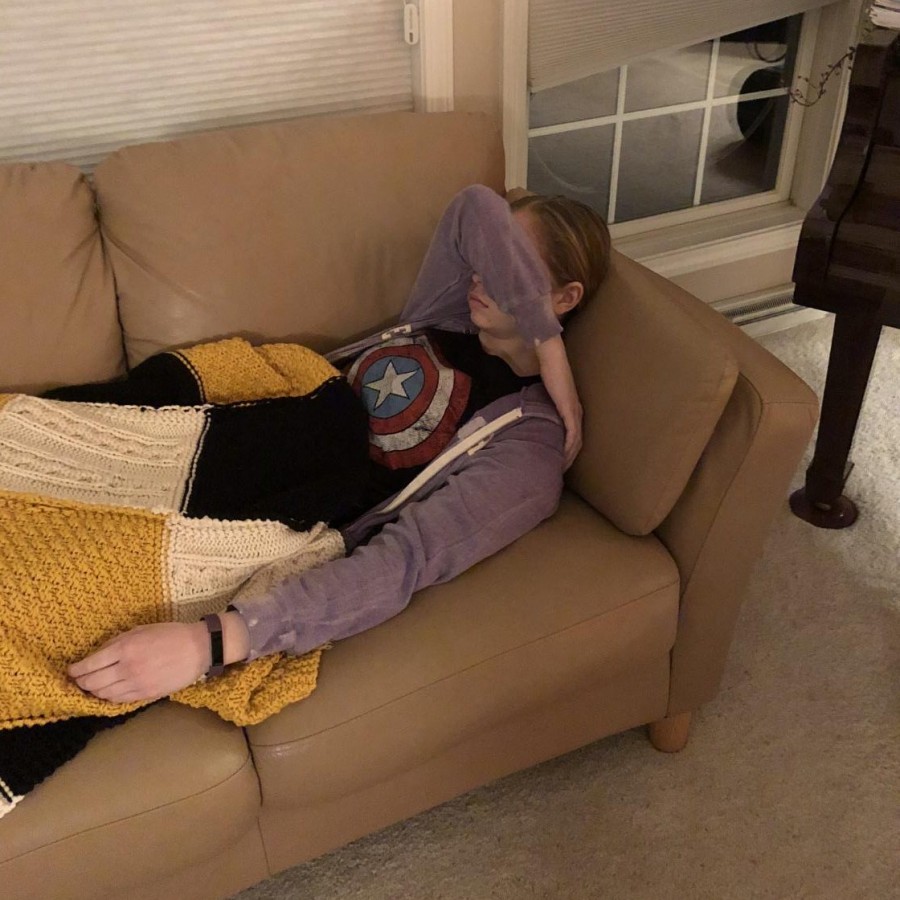With spring break approaching and the Iowa weather leaving the majority of students sunless, tanning is becoming popular. According to a poll by PV Publications, 20 percent of respondents plan on tanning before spring break. Senior Haley Germain commented on this saying, “I like the glow that I have for special events.” Whether one is dependent on that summer glow or wanting it for a certain occasion, it is important to know how to tan safely.
Spray tans have become increasingly popular in recent years and are known to most as the smart alternative to a tanning bed or tanning outdoors. Although these are much safer than other methods, spray tans can also be hazardous.
Dihydroxyacetone (DHA) is an ingredient in many tanning solutions can be dangerous if not used properly. The FDA has deemed DHA a potential health risk when inhaled. DHA can cause mutations in the cells and promote the development of cancer. Make sure a salon or spa attendant offers you a protective mask and applies the spray tan in a well-ventilated area.
A study by Gematria Test Lab in Berlin comparing skin samples found that samples containing a sunless tanning substance contained over 180 percent more free radicals than one that did not contain the substance. Since spray tanning products do not contain ingredients that offer UV protection, they can increase damage to the skin when exposed to the sun. To combat this, be sure to stay out of the sun for at least a day after getting a spray tan and always use sunscreen.
Out of the 22 percent of students who plan to tan before spring break, 18 percent responded that they plan to tan in a tanning bed. No matter what may be advertised by local salons, UV rays from tanning beds are more dangerous than natural sun exposure. In fact, tanning beds emit three times more UV rays than the sun. On top of this, the use of a tanning bed before age 35 increases one’s risk of developing melanoma by 75 percent.
Among the long list of side effects is ocular melanoma, premature aging and immune system suppression. To avoid this, be sure to enjoy spring break while covered in sunscreen that is water resistant with broad-spectrum protection, an SPF of 30 or higher.
Local dermatologist Ravindrakumar Gangadhariah Kumar commented on different tanning methods saying, “There is no safe way to tan skin. Skin that retains its natural skin pigment is the healthiest skin.” Although a bronze glow is easily achieved by sunless tanning, laying out by the pool with sunscreen on is considered the safest method.









